LATEST ARTICLES
Cathodic corrosion protection - Permanently protect chloride-contaminated concrete from corrosion
Fibre-reinforced concrete explained Part 2: Standards Overview and Structural Design
Clear and reliable standards are essential for the effective and safe use of fibre-reinforced concrete. From fibre classification and mechanical property testing to structural design principles, this MC-Pedia article offers a structured overview of the key norms and guidelines – in Germany and internationally.
Fibre-reinforced concrete explained Part 1: Benefits & Applications
Fibre-reinforced concrete (FRC) is a mix of concrete and embedded fibres, offering high flexural strength, durability and reduced cracking. Whether made of steel, plastic, glass or natural fibres, they can replace traditional reinforcement, improving ductility and load-bearing capacity. Learn more about its function and benefits in this first part of our MC-Pedia series.
How does 3D concrete printing work?
Just a few years ago, 3D printing seemed like a rather adventurous blend of science fiction and niche technology for a few selected companies worldwide. But that has changed dramatically. New applications are constantly being brought into play. One area is particularly exciting: 3D concrete printing, which can be used to create highly individual components as well as entire buildings.
Enhancing concrete and making it look better
If visual defects such as stains, chipping or dirt appear in the concrete, it is good to know how these can be corrected. With concrete cosmetics and concrete retouching, you can turn a flawed concrete surface into first-class fair-faced concrete.
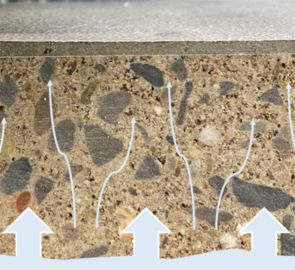
Rear Moisture Penetration and Surface Protection
Rear moisture penetration refers to the infiltration of moisture into the rear (back) surfaces of structures, often resulting in degradation, corrosion, or structural damage. This phenomenon poses a significant challenge in various environments, particularly in regions characterized by high humidity, rainfall, or proximity to water bodies.
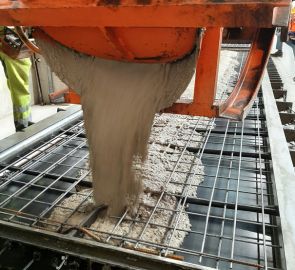
Geopolymer - What does it mean?
Now and in the future, the issues of sustainability, net zero carbon emission and climate protection will get more and more importance, with construction products and projects likewise under ever-increasing scrutiny – hence, the quest in the building industry for planet-friendly solutions. And the players involved will certainly be aware of geopolymers in this context. But, what is a geopolymer?
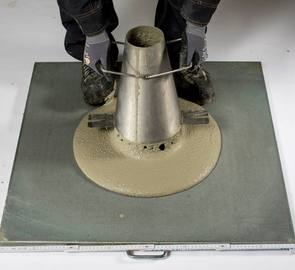
Comparison of two specifications for cementitious grouts
Not all grouts are the same. In many countries, the term “grout” is understood in different ways. There are two major specifications, the ASTM C1107 and the German DAfStb Guideline, we focus on in our following MC-Pedia article. Read more about their use and differences.
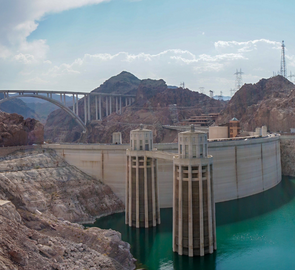
Crystalline waterproofing admixtures for concrete
Crystalline waterproofing admixtures are applied to concrete structures to protect them from water ingress for a long time. Read more about how they work and what benefits they provide. Discover the secrets behind making concrete more watertight.
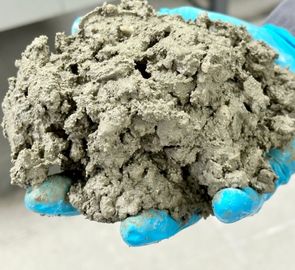
Designing the best recipe for concrete production
The fact that concrete is made of sand, gravel, cement and water is nothing new. Nevertheless, the ratio in which you mix the concrete components is important. Read what you need to consider if you want to create the perfect recipe for your concrete.
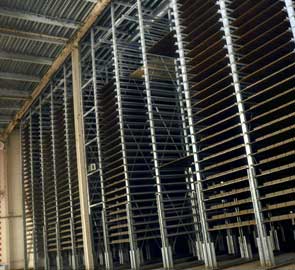
Cement hydration Part III: Tips & tricks for a better degree of hydration
Learn in this article how some tips & tricks can achieve a better degree of hydration.
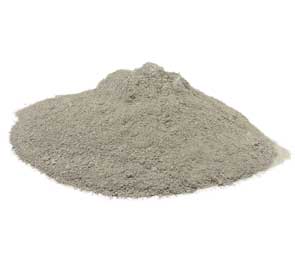
Cement hydration Part II: The degree of hydration
Learn in this article more about the degree of hydration as an important property of cement in concrete.
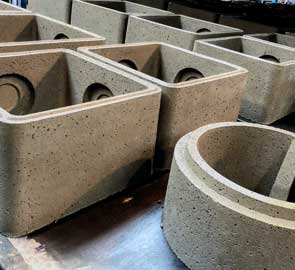
Cement hydration Part I: How it takes place
Read this article to learn what is meant by cement hydration and how it works.

Efflorescence in concrete - What can you do about it!
Predicting and avoiding efflorescence on concrete surfaces is no easy task. This MC-Pedia article lists and explains what to consider and how to reduce the risk of efflorescence.
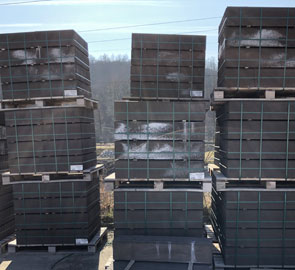
Efflorescence in concrete – Origin and types
Out of all purely cosmetic defects of concrete probably none is as common and at the same time difficult to predict and prevent as efflorescence. The word efflorescence comes from French and means blooming or flourishing. The inspiration for this name is obvious. The crystals growing on the concrete surface can easily resemble small white blossoms. How and why efflorescence develops is explained in our MC-Pedia article.

Face-lifting solutions for concrete surfaces
When visible blemishes occur in concrete, it is good to know how they can be corrected. Learn in this article how you can turn a flawed vision into a truly fair-faced surface with MC concrete cosmetics and retouching solutions.
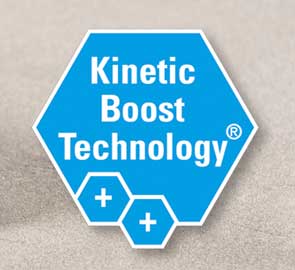
What is the KineticBoost Technology?
Whether in industry, multi-storey car parks, retail stores or new build constructions, the demands placed on floor-laying are as varied as the floor usage profiles themselves. Yet many established epoxy, PU and PMMA systems reach their limits in adverse environmental conditions such as the presence of moisture or excessively high or low temperatures. MC-Bauchemie has developed a new technology that can also be used in such adverse conditions, facilitating the fast laying of aesthetically attractive and durable floors.
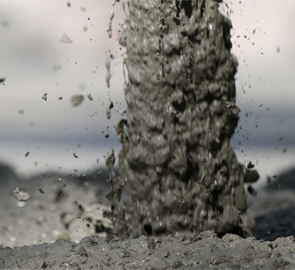
Concrete admixtures at work
The erstwhile three-material system consisting of cement, aggregates and water has meanwhile developed into a multi-phase complex requiring effective coordination and tuning of the cement, additive and admixture components. Their correct application needs the knowledge of experienced concrete technologists.
 Germany
Germany
 Austria
Austria
 Belarus
Belarus
 Belgium
Belgium
 Bosnia and Herzegovina
Bosnia and Herzegovina
 Bulgaria
Bulgaria
 Croatia
Croatia
 Czech Republik
Czech Republik
 Denmark
Denmark
 Finland
Finland
 France
France
 Georgia
Georgia
 Great Britain
Great Britain
 Hungary
Hungary
 Ireland
Ireland
 Latvia
Latvia
 Lithuania
Lithuania
 Netherlands
Netherlands
 Poland
Poland
 Portugal
Portugal
 Romania
Romania
 Serbia
Serbia
 Slovakia
Slovakia
 Spain
Spain
 Sweden
Sweden
 Switzerland
Switzerland
 Ukraine
Ukraine
 Ethiopia
Ethiopia
 Ghana
Ghana
 Guinea
Guinea
 Israel
Israel
 India
India
 Malaysia
Malaysia
 Singapore
Singapore
 United Arab Emirates
United Arab Emirates
 Vietnam
Vietnam
 Taiwan
Taiwan
 Philippines
Philippines
 Kazakhstan
Kazakhstan
 New Zealand
New Zealand
 Australia
Australia
 Canada
Canada
 Brazil
Brazil
 Chile
Chile
 Bolivia
Bolivia